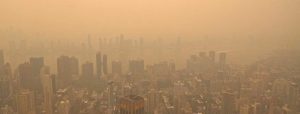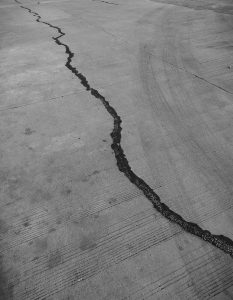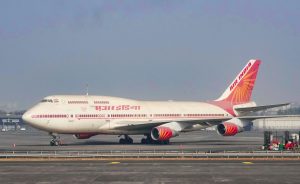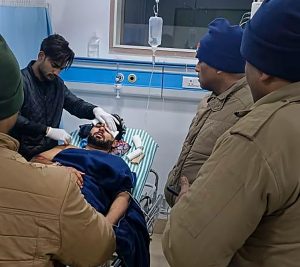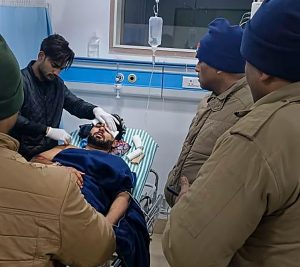The air quality of the India has declined
collectively with the national capital’s air quality index plummeting to the “severe”
category. In spite of the ban on firecrackers people were seen bursting them
extensively throughout the night which resulted in the cities getting engulfed with
toxic smog.
4 gravity-defying places in India that you can visit on World Tourism Day
An AQI reading between 00-50 is “good”,
51-100 is “satisfactory”, 101- 200 is “moderate”, 201 – 300 is “poor”, 301 -400
is “very poor” and 401 – 500 is “severe”. Post Diwali, three cities managed to
cross the severe mark thanks to the bursting of firecrackers and stubble
burning.
Three of the most polluted cities belong in
Uttar Pradesh with the other two being in Delhi. The overall AQI of Delhi stood
at 531 on November 5 as per the System of Air Quality & Weather Forecasting
& Research.
How India can still qualify for T20 World Cup 2021 semifinals
The most polluted cities in the country on November
6 as per the real time ranking by iqair are:
Karol Bagh, Delhi – 501
Meerut, Uttar Pradesh – 443
Hapur, Uttar Pradesh – 442
New Delhi, Delhi – 442
Ghaziabad, Uttar Pradesh – 435
The effect that this pollution causes on lungs
and puts everyone who breathes the toxic pollutants at risk. Even non smokers
are at high risk of catching life-threatening lung diseases.
Some health problems that a number of people
are facing include burning of eyes, watering and redness of eyes, nasal
congestion, runny nose, frequent sneezing, headache, breathlessness, cough and
chest heaviness among others.
India’s Varun Chakravarthy has architectural comparisons for Virat Kohli, MS Dhoni
The stubble emissions also peaked on
November 5 and stood at 36%. The level of PM 2.5 is higher than that of 2020
but much less compared to 2018 during the same period.
The northwest winds carry smoke from
farm fires in Punjab and Haryana towards Delhi which puts the national capital
in a poor position.


